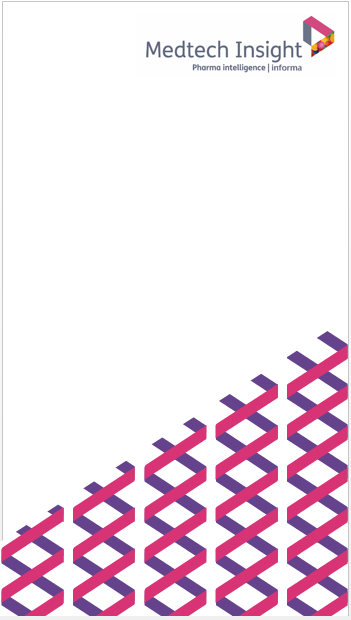Report Detail

Purchase Price: $4,750.00
Current and Emerging U.S. Markets for Myocardial Revascularization, Repair, and Regeneration Products and Technologies
Approximately 16.0 million adults in the United States (U.S.) suffer from coronary heart disease (CHD), a type of cardiovascular disease (CVD) that is associated with a reduction in blood flow through the vasculature of the heart (ischemic heart disease). Classified under the umbrella of CHD are acute and chronic conditions such as atherosclerosis, angina pectoris, and myocardial infarction (MI). In the U.S., CHD is the single-largest cause of death as well as the greatest cause of premature and permanent disability in the labor force; CHD is responsible for more than 50% of all cardiovascular events in men and women younger than age 75, and for 1 out of every 5 deaths. It is expected that the direct and indirect costs of CHD in the U.S. will reach approximately $156.4 billion in 2008.
Coronary heart disease, chronic high blood pressure (hypertension), heart rhythm irregularities (dysrhythmias), heart tissue-damaging cardiomyopathies, and heart valve abnormalities are all contributors to the onset of another serious condition, heart failure (HF), which remains a progressive disease with no cure short of heart transplantation. In patients with HF, the heart muscle (myocardium) gradually loses its ability to pump a sufficient volume of blood to meet the perfusion and metabolic needs of the body’s tissues and organs; the condition may be further defined as a complex clinical syndrome that may result from any structural or functional cardiac disorder that impairs the ability of the heart chambers to fill with or eject blood. Heart failure mainly affects the elderly, and the aging of the U.S. population is a major factor driving the increasing incidence of the disease, which now represents the most common hospital discharge diagnosis (hospital discharges for HF in the U.S. rose 171% from approximately 400,000 in 1979 to 1,084,000 in 2005). Similarly to CHD, HF management will consume a growing share of U.S. healthcare resources for the foreseeable future. The direct and indirect cost burden of HF in the U.S. is expected to reach an estimated $34.8 billion in 2008.
The great and increasing prevalence of myocardial diseases/disorders, such as CHD and HF, and the underlying abnormalities that contribute to their development, has prompted extensive research into the medical and/or surgical treatment of these conditions. Technologies and products for the treatment of myocardial diseases/ disorders, which may be divided into broad categories that include those used for myocardial revascularization, repair, and regeneration, are the focus of this report.
